E-COMP Team
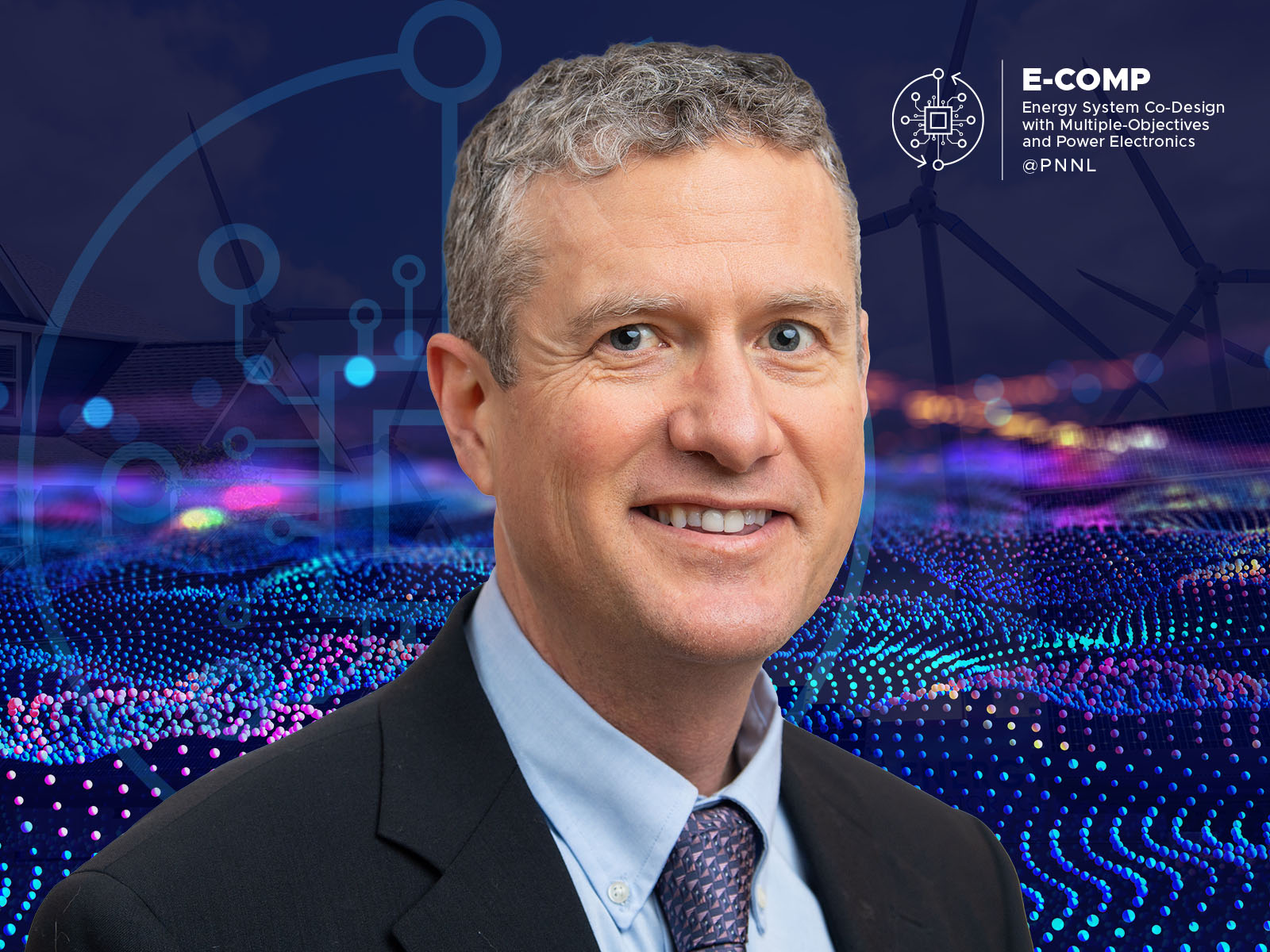 | Timothy I. Salsbury Timothy Salsbury leads the E-COMP Initiative and is a controls scientist in PNNL's Optimization and Control Group. He heads the Control Design Team and manages several projects across the Departments of Energy (DOE) and Department of Defense (DoD). These projects range from control performance monitoring and real-time optimization. He holds over 50 patents and has an extensive publication record in areas like applied controls and real-time optimization, with application to power and energy systems. |
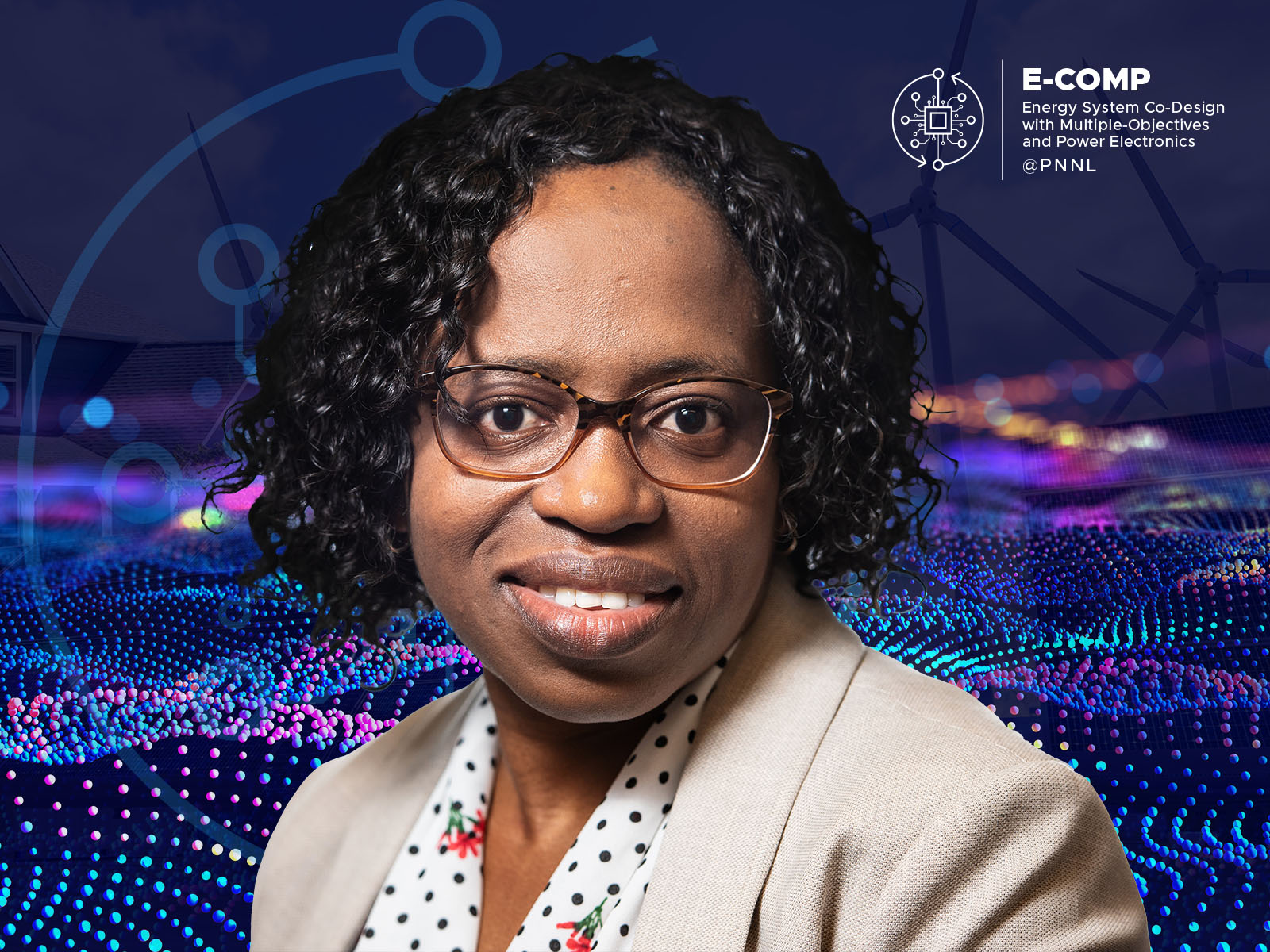 | Veronica Adetola Veronica Adetola serves as the chief scientist for the E-COMP Initiative. A controls scientist in PNNL’s Optimization and Control Group, she leads the Resilience Control Methods Team and oversees projects for DOE focused on model-based and data-driven controls, optimization and control co-design for grid-interactive energy efficient buildings, microgrids, and cyber-physical power and energy systems. Veronica also is a member of the E-COMP Technical Steering Committee. |
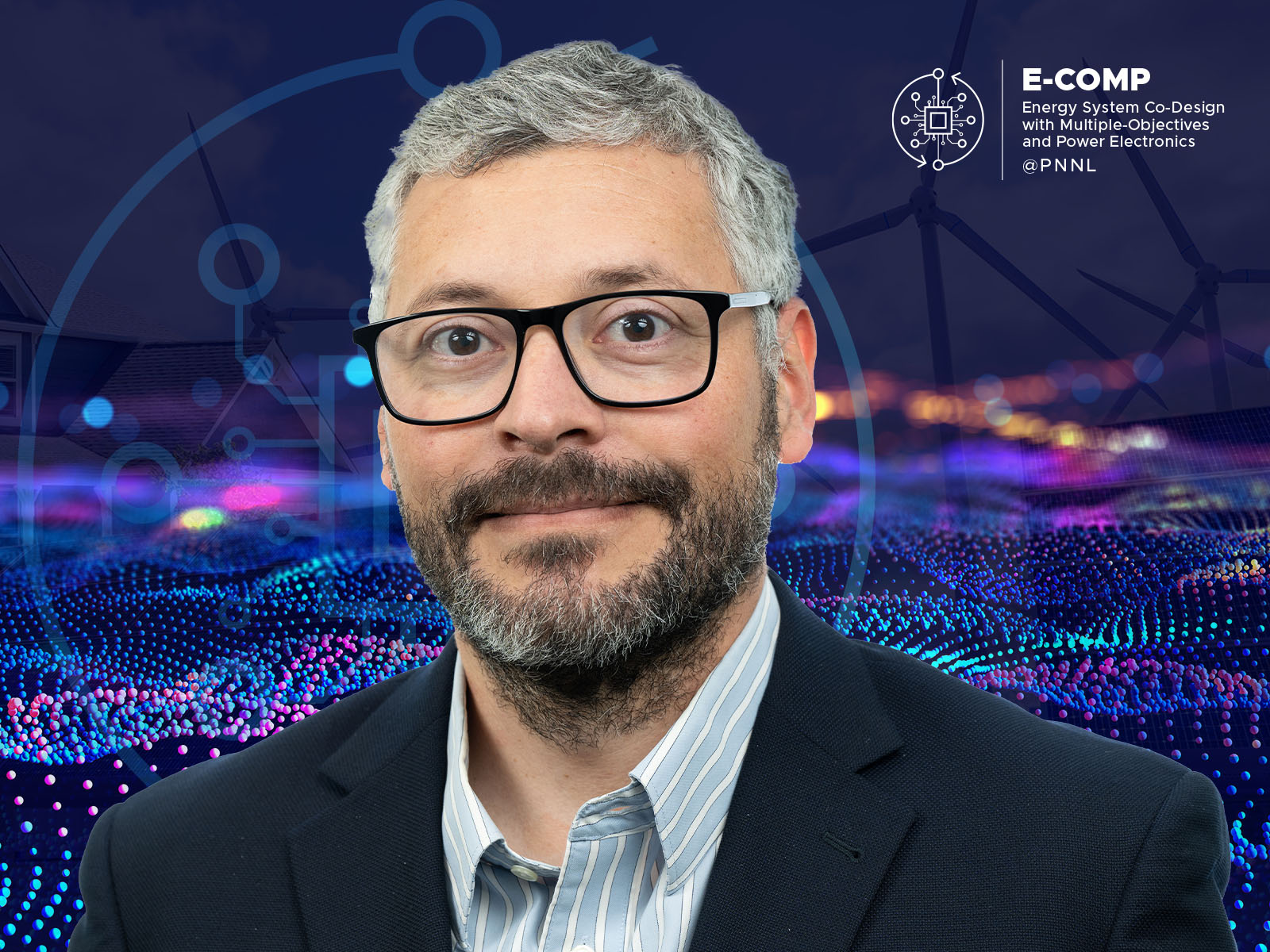 | Marcelo Elizondo Marcelo Elizondo heads the Theory and Modeling Thrust within E-COMP. As a principal power systems research engineer in PNNL’s Electricity Infrastructure and Buildings Division, his work spans electric systems planning and resilience, particularly focused on electromagnetic and electromechanical dynamics in distribution systems and microgrids. He leads projects for DOE and the Department of State. In addition to leading Thrust 1, Marcelo serves on the E-COMP Technical Steering Committee. |
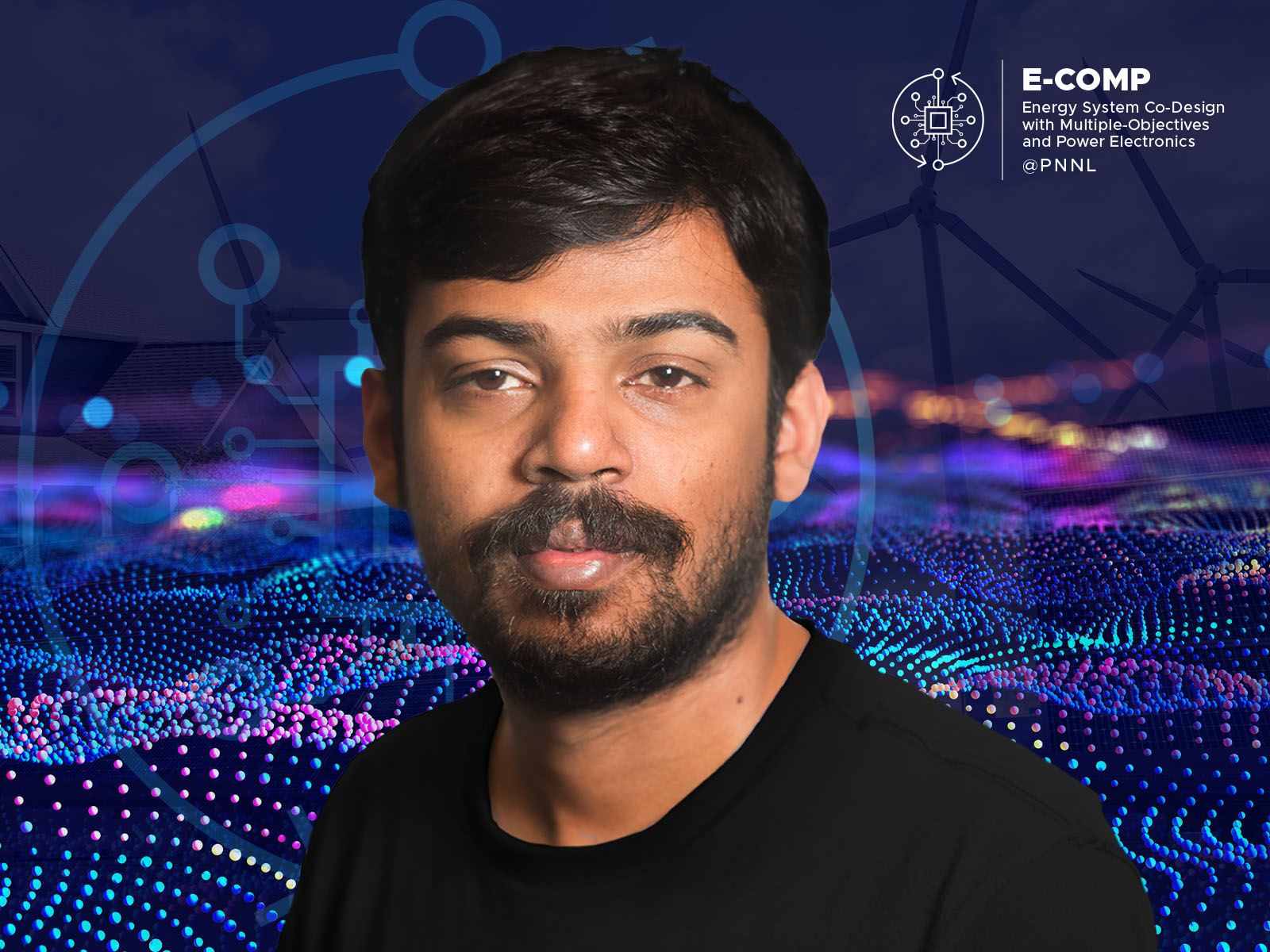 | Thiagarajan Ramachandran Thiagarajan Ramachandran has been with PNNL since August 2016. His work covers DOE projects in adaptive control, optimization of building power consumption, distribution system state estimation, and electricity market design. In addition to leading Thrust 2, Thiagarajan is also a member of the E-COMP Technical Steering Committee |
 | Sarah Newman Sarah Newman is a data scientist in PNNL's Building Simulation and Design Group, where she applies data analysis and software design to build simulations of the electric grid and improve its resilience. Her projects include developing tools to design microgrids for resilience and co-simulation of the U.S. electric grid. In addition to leading Thrust 3, Sarah serves as a member of the E-COMP Technical Steering Committee. |
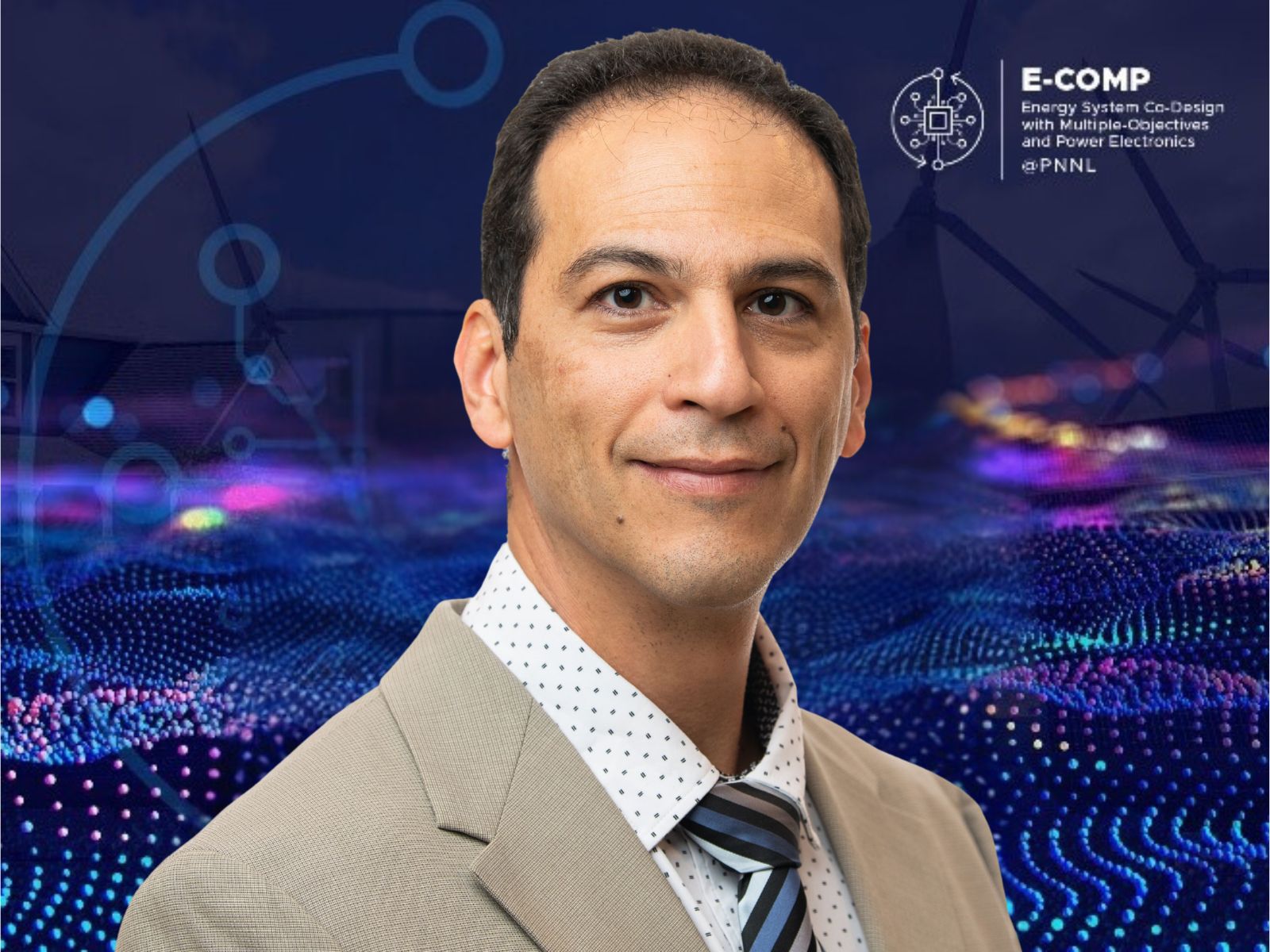 | Alexandre Nassif Alexandre Nassif is an electrical engineer in PNNL's Bulk Energy Systems 2 Group and oversees the integration of use cases across the E-COMP Initiative. His role ensures that technical developments are anchored in real-world applications and aligned with initiative goals. He coordinates between different thrusts and external experts to drive use case development and implementation. In addition to leading Use Case Integration, Alexandre also serves on the E-COMP Technical Steering Committee. |
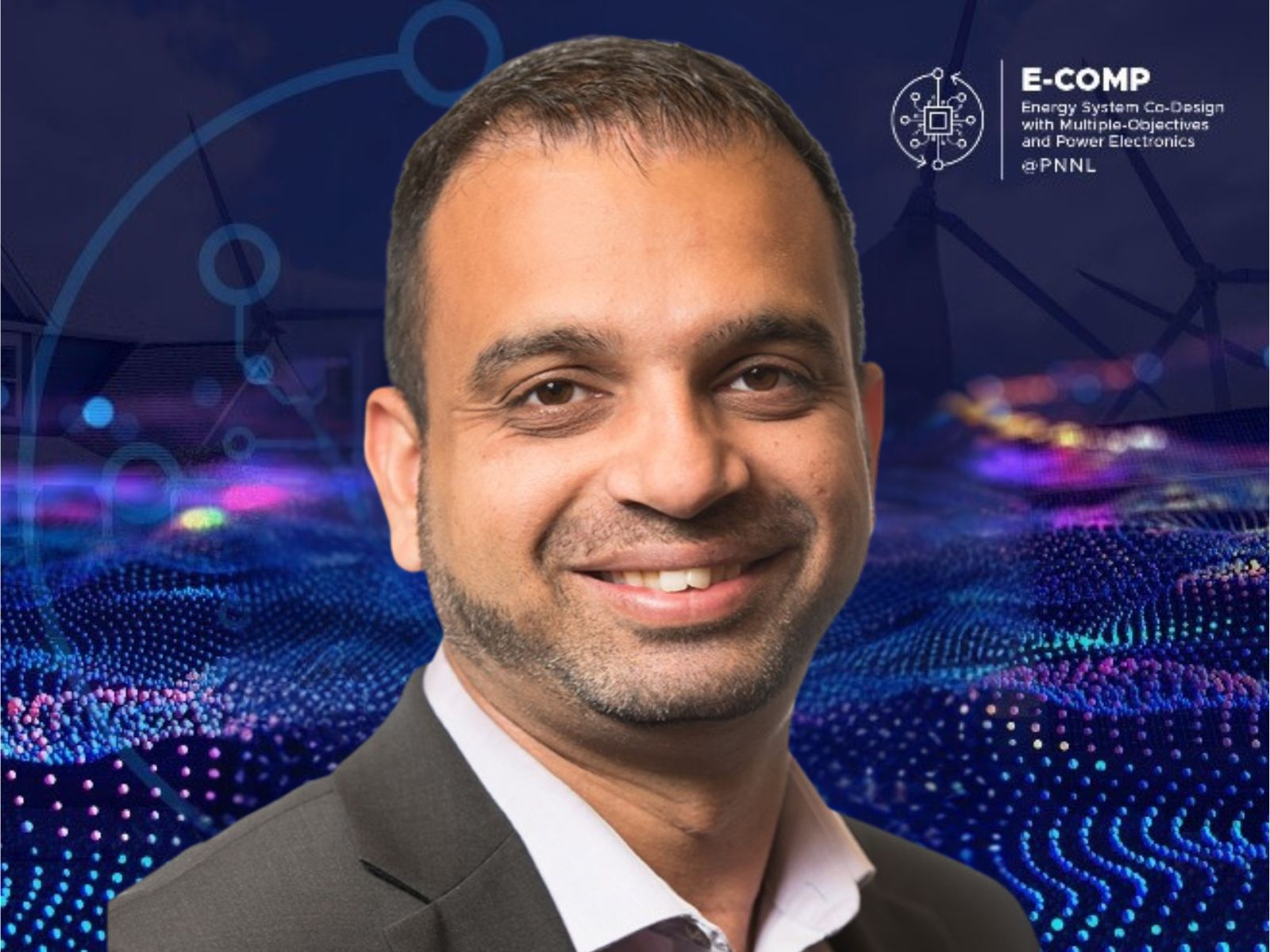 | Karan Kalsi Karan Kalsi serves as the science advisor for the E-COMP Initiative, bringing expertise in power systems modeling, optimization, and control. As the Group Leader for Optimization and Control at PNNL, Karan focuses on developing advanced control solutions to enhance grid operations and resilience. His work spans areas such as distributed control theory for bulk power system stability, dynamic security assessment, and grid modernization, with an emphasis on integrating emerging technologies into power system operations. |